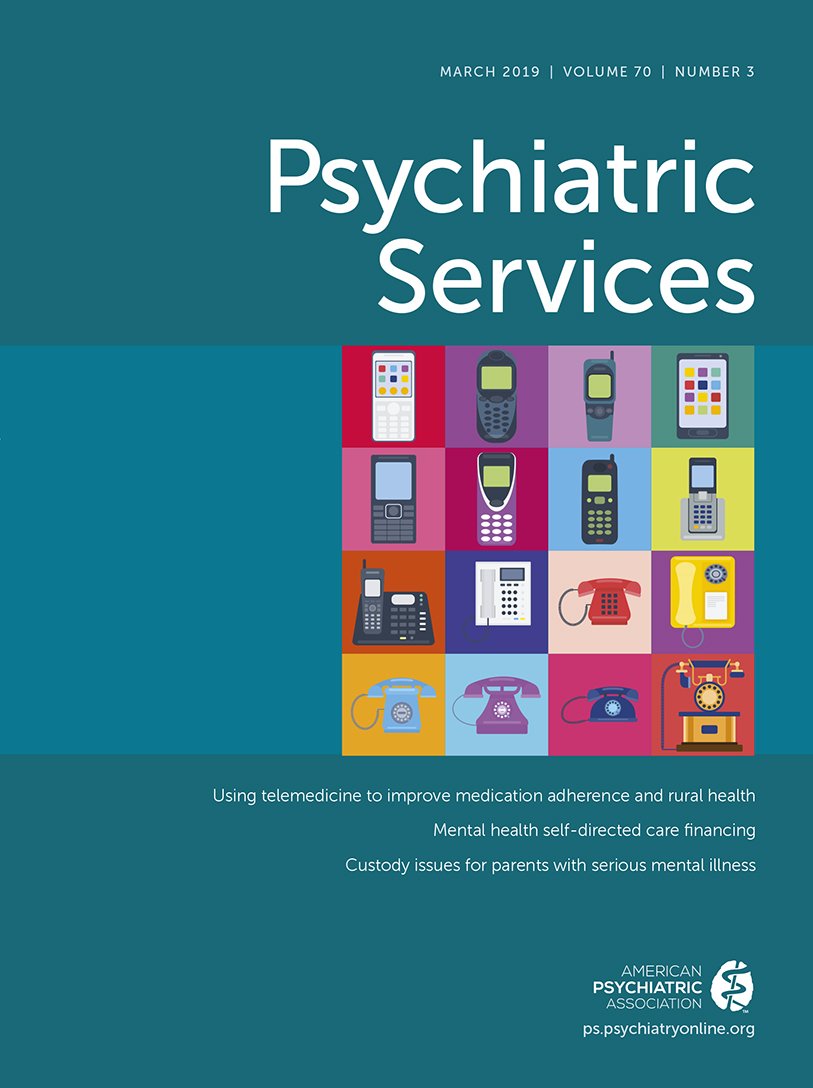Mental Health Treatment Quality, Access, and Satisfaction: Optimizing Staffing in an Era of Fiscal Accountability
Abstract
Objective:
Mental health treatment access and quality are influenced by the interplay of structural, organizational, and performance factors—including the number of mental health staff providing direct clinical care relative to patients treated (i.e., staffing ratio), mental health staff productivity, and wait times for scheduled mental health appointments. With no industry standards to follow, the Veterans Health Administration (VHA) developed an outpatient mental health staffing model and a recommended minimum total staffing ratio.
Methods:
At the level of VHA health care facility (N=140), we conducted cross-sectional regression analyses to examine the relative importance of outpatient mental health staffing and productivity and mental health patient wait times in predicting measures of mental health treatment access and quality.
Results:
Outpatient mental health staffing ratios (especially total and therapist staffing ratios) had substantial, positive relationships with overall mental health treatment access and quality, broadly and in specific domains. Staffing ratios generally had stronger relationships with treatment access and quality than did staff productivity and patient wait times.
Conclusions:
Mental health staffing ratios should be a primary consideration when trying to improve mental health treatment access and quality at the facility level. Having more mental health staff of all types is associated with better overall access to and quality of mental health services, and multiple staff types are needed to provide high-quality mental health care. Knowledge gained may guide efforts to address challenges in improving access to and quality of mental health services within and outside of VHA.



